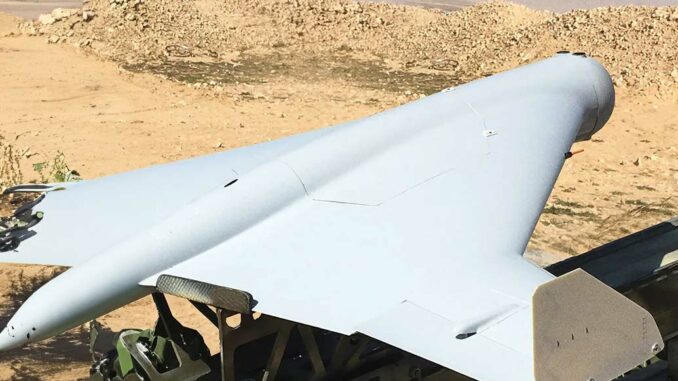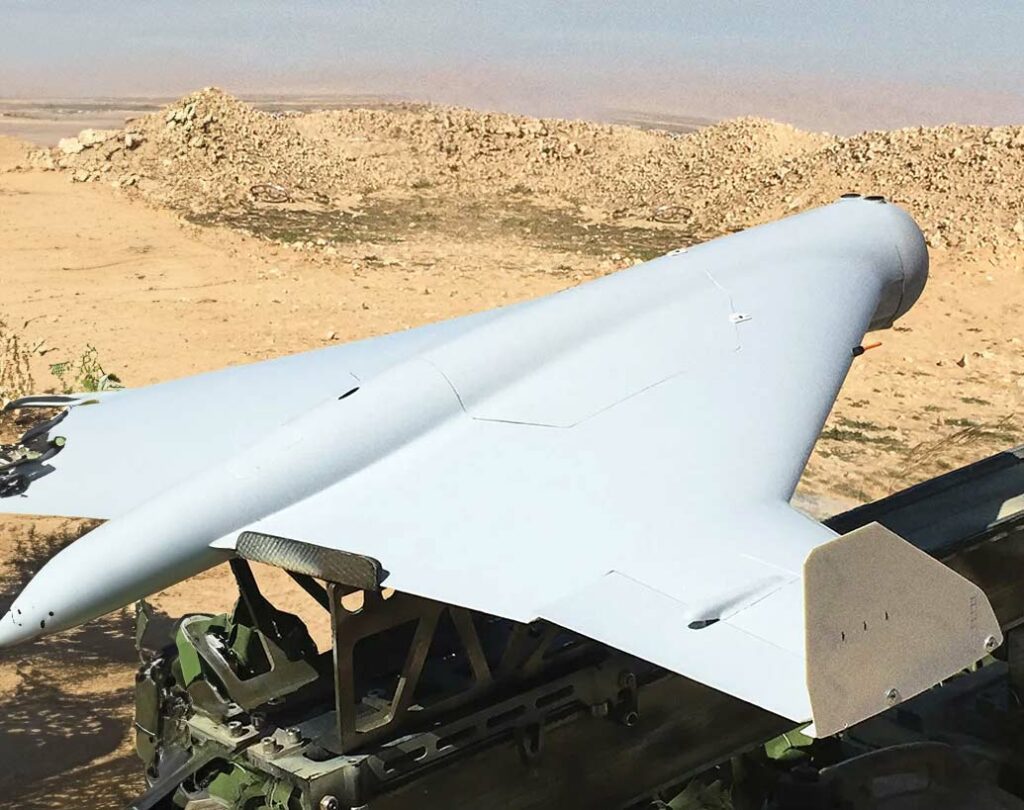
Russia’s armed forces acquire an upgraded KUB-BLA leveling ammunition, equipped with a more powerful explosive charge to enhance its combat effectiveness.
The Russian Armed Forces (RuAF) have recently integrated an upgraded version of the KUB-BLA glide ammunition, equipped with a more powerful warhead. This announcement, made by Kalashnikov Group President Alan Lushnikov, represents a significant evolution in the Russian military arsenal. The KUB-BLA, designed by Kalashnikov subsidiary Zala Aero, is an essential tactical device for reconnaissance and attack operations. This article details the technical characteristics of the improved planing ammunition, the background to its development and the potential consequences of its deployment in combat.
More lethal planing ammunition: technical details of the improved KUB-BLA
The improved KUB-BLA features a more powerful warhead and a design optimized for increased battlefield effectiveness. With a wingspan of 1.21 meters, a width of 950 mm and a height of 165 mm, the KUB-BLA is a compact but formidable drone. Powered by an electric motor, it can reach speeds of 80 to 130 km/h, with a flight autonomy of 30 minutes. The guidance system relies on a GPS receiver and infrared sensors for target acquisition. Recent videos show the use of OFBCh-2.5, an HMX-based explosive charge offering 1.7 times the explosive power of TNT. These improvements reflect Russia’s ongoing drive to increase the lethality and effectiveness of its planetary munitions.

Strategic context: the growing importance of reconnaissance-strike complexes
The use of glide ammunition such as the KUB-BLA is part of a wider trend among modern armed forces towards the integration of reconnaissance-strike complexes. These systems combine reconnaissance drones and planing munitions to deliver precise strikes in real time, a method in contrast to conventional procedures which require a request for fire support. The adoption of such systems by Russian special forces and airborne units underlines their effectiveness in tactical operations, particularly in the current context of the conflict in Ukraine.
Consequences of the KUB-BLA upgrade
The integration of the upgraded KUB-BLA significantly enhances the offensive capabilities of Russian forces. By improving the power of the warhead, Russia seeks not only to increase the effectiveness of each strike, but also to expand the types of targets the KUB can engage, potentially including armored targets. This increase in the lethality of planetary munitions could change the dynamics of tactical engagements, making strikes more devastating and requiring adversaries to develop more robust countermeasures.
Other relevant information
Russia’s continued development and improvement of planetary munitions reflects a global trend towards more automated and remote warfare. As technology continues to advance, the nature of armed conflict is changing, requiring a continual reassessment of defense and attack strategies. The implications of such advances are not limited to the battlefield, but also affect international discussions on the regulation and ethical use of autonomous weapons.
The introduction of Russia’s improved KUB-BLA glide ammunition represents a significant development in tactical weaponry. By increasing the power and effectiveness of these munitions, Russia is strengthening its ability to carry out precise and devastating strikes, thereby changing the landscape of modern warfare. This development underlines the growing importance of technology and innovation in military strategy, and raises crucial questions about the future of warfare and how nations prepare for and respond to these rapid changes.
War Wings Daily is an independant magazine.